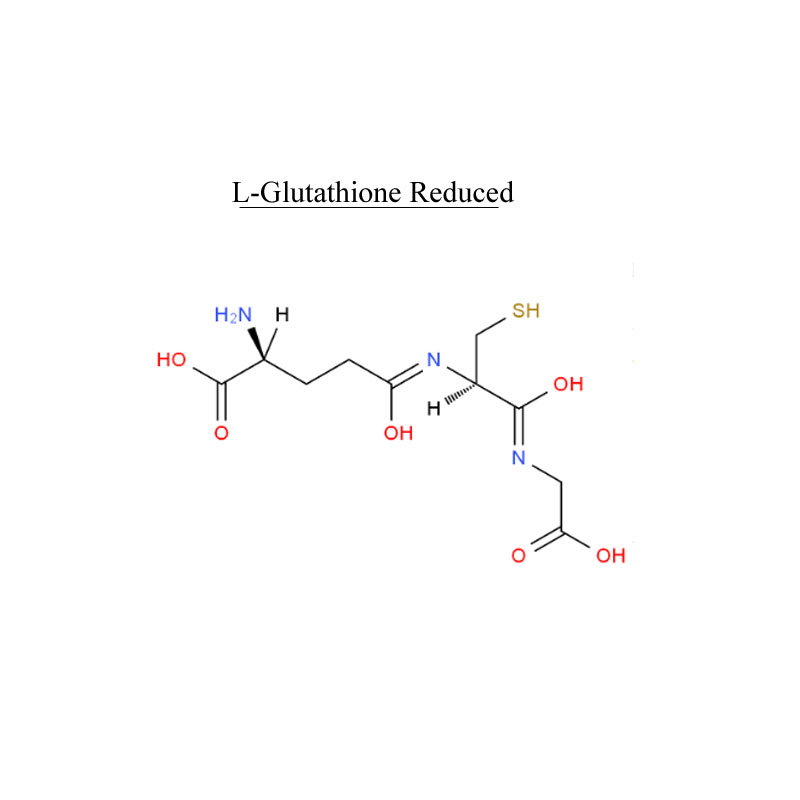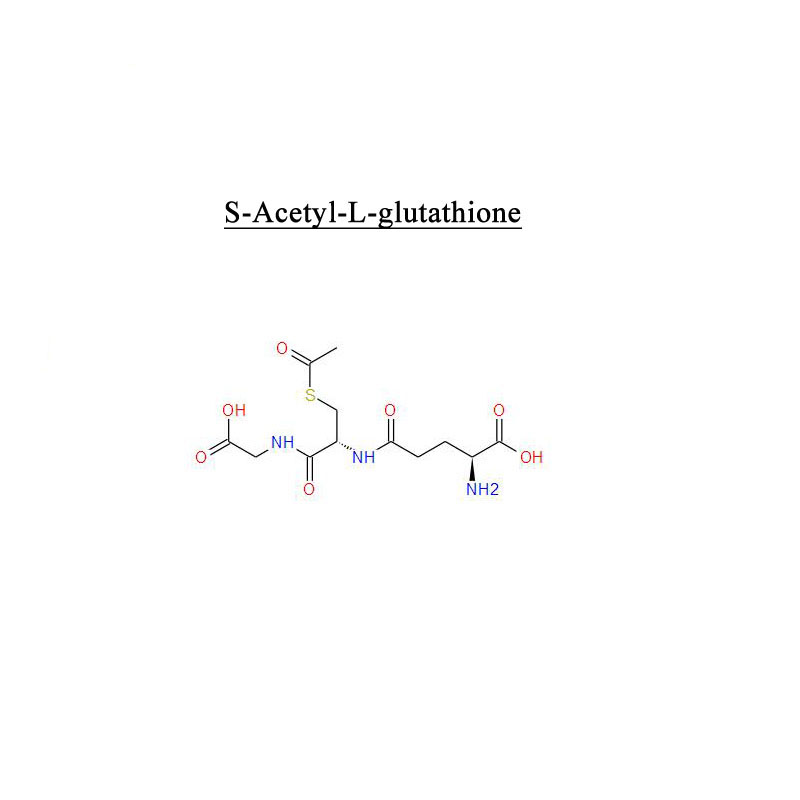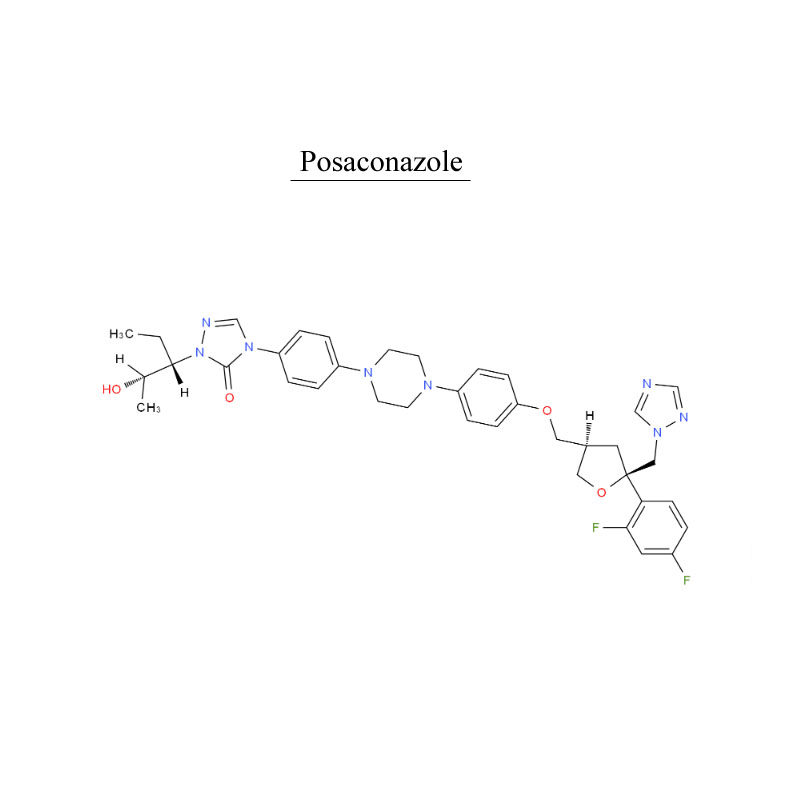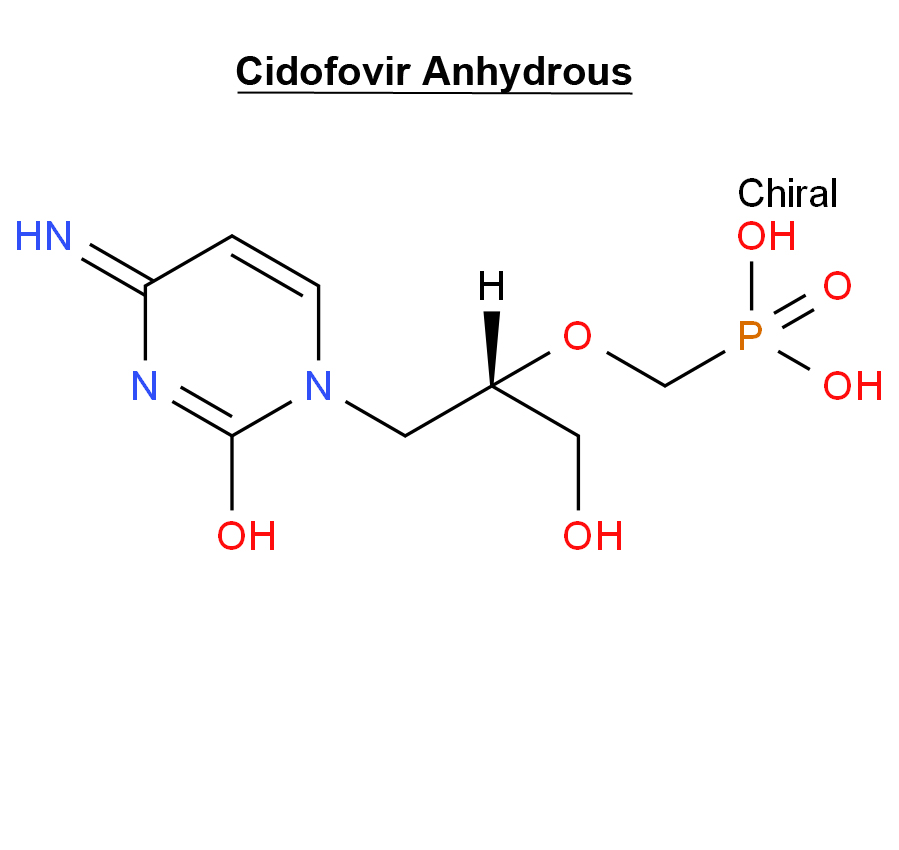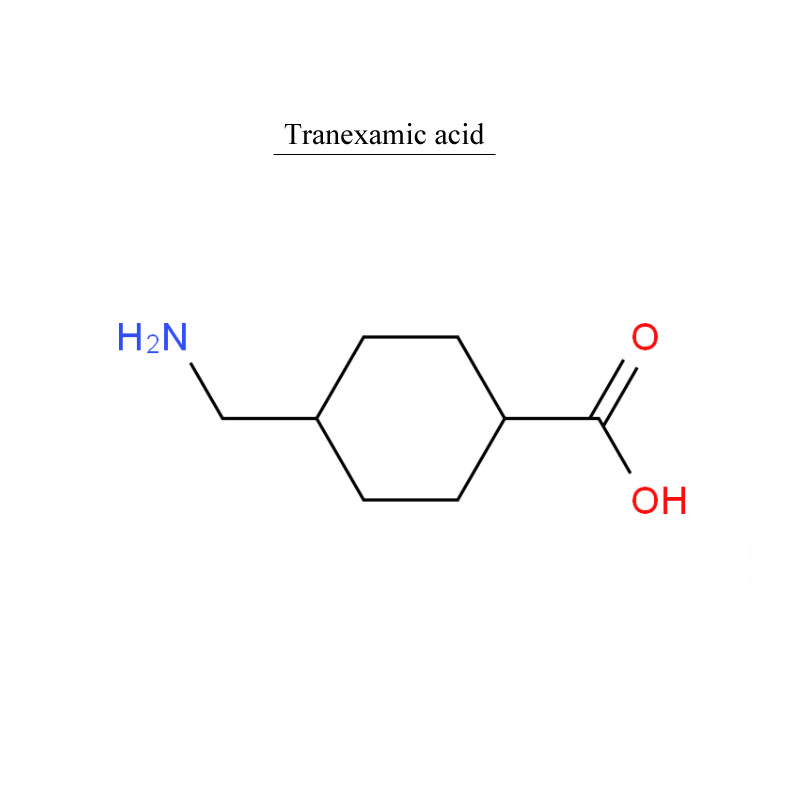Alprostadil 745-65-3 Hormone and endocrine
Payment: T/T, L/C
Product Origin: China
Shipping Port: Beijing/Shanghai/Hangzhou
Production capacity: 1kg/month
Order(MOQ): 1g
Lead Time: 3 Working Days
Storage condition: with ice bag for transportation, -20℃ for long term storage
Package material: vial, bottle
Package size: 1g/vial, 5/vial, 10g/vial, 50g/bottle, 500g/bottle
Safety information: UN 2811 6.1/PG 3
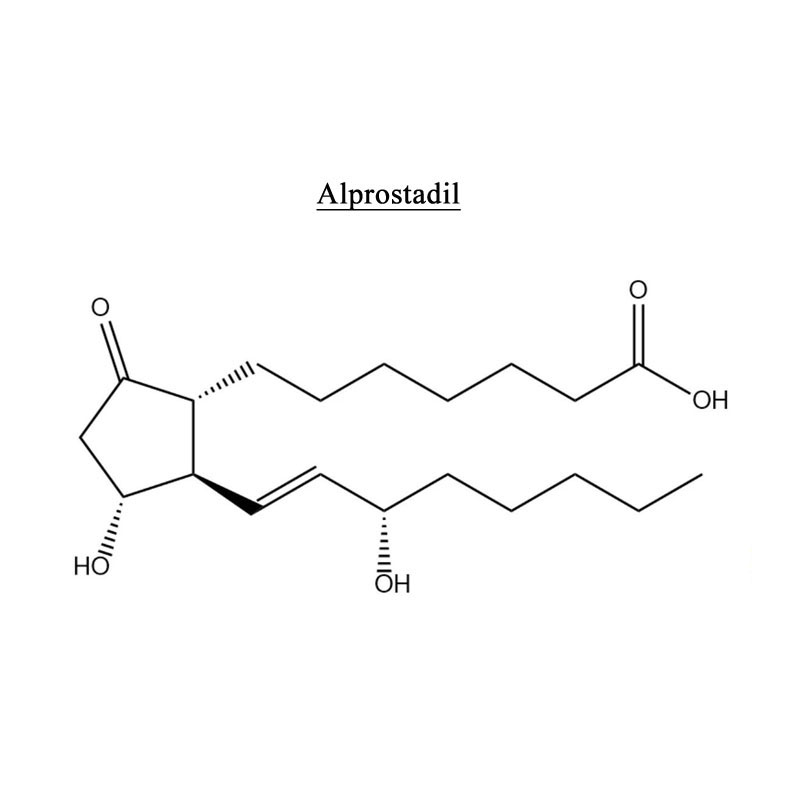
Introduction
Alprostadil, also named Prostaglandin E1 or PEG1. It is widely present in the body of biologically active substances, as one of the prostaglandin family, it is a recognized endogenous physiologically active substance.
It can be used directly on vascular smooth muscle, to dilates blood vessels and increases blood flow, which can improve microcirculation perfusion. It can inhibit platelet aggregation and thromboxane A2 production, as well as inhibits atherosclerosis, lipid plaque and immune complex formation.
It also owns following effects: to expansion of the periphery small blood vessels and coronary arteries, reduction of peripheral vascular resistance and blood pressure. To protect platelet membrane which can against thrombosis. To protection the ischemic myocardium, which can reducing myocardial infarct size. It use to treat anti-heart failure as well. It has diuretic and renal-protecting function, base on expansion renal blood vessels in order to increase renal blood flow. During this way, it can remove non-protein nitrogen, and regulating sodium and water balance.
It’s clinically usage are widely. Such as for diabetic complications, coronary heart disease and intractable heart failure. Also usage on situation like congenital heart disease complicated with pulmonary hypertension, cerebral infarction and chronic arterial occlusive disease. For some cases like sudden deafness, retinal vein occlusion, viral hepatitis or chronic gastritis, it also have function. It can apply clinically on other disease like duodenal ulcer, chronic renal insufficiency and pancreatitis. It’s application in organ transplantation. Used for other disease such as erectile dysfunction, labor induction and postpartum hemorrhage, femoral head necrosis, lumbar disc herniation, postherpetic neuralgia and bronchial asthma.
It must caution use for patients who have disease like heart failure, glaucoma, peptic ulcer or interstitial pneumonia. With the irritant effect to vein, will show symptoms of inflammation such as redness, swelling, heat and pain, which may cause phlebitis. It must stop to use for safety when upon situation happen.
Specification (USP43)
|
Item |
Specification |
| Appearance | White or slightly yellowish crystalline powder |
| Identification | IR |
| Residue on ignition | ≤0.5% |
| Limit of chromium | ≤0.002% |
| Limit of rhodium | ≤0.002% |
| Related substances | Prostaglandin A1 ≤1.5% |
| Prostaglandin B1 ≤0.1% | |
| Any foreign prostaglandin impurity eluting before prostaglandin A1 ≤0.9% | |
| Impurity at relative retention time 0.6, relative to prostaglandin A1 ≤0.9% | |
| Sum of the impurities at relative retention times 2.0 and 2.3 ≤0.6% | |
| Any other foreign prostaglandin impurity eluting after prostaglandin A1 ≤0.9% | |
| Total impurities ≤2.0% | |
| Water determination | ≤0.5% |
| Residual solvents | Ethanol ≤5000ppm |
| Acetone ≤5000ppm | |
| Dichloromethane ≤600ppm | |
| N-Hexane ≤290ppm | |
| N-Heptane ≤5000ppm | |
| Ethyl acetate ≤5000ppm | |
| Assay (on the anhydrous basis) | 95.0%~105.0% |



